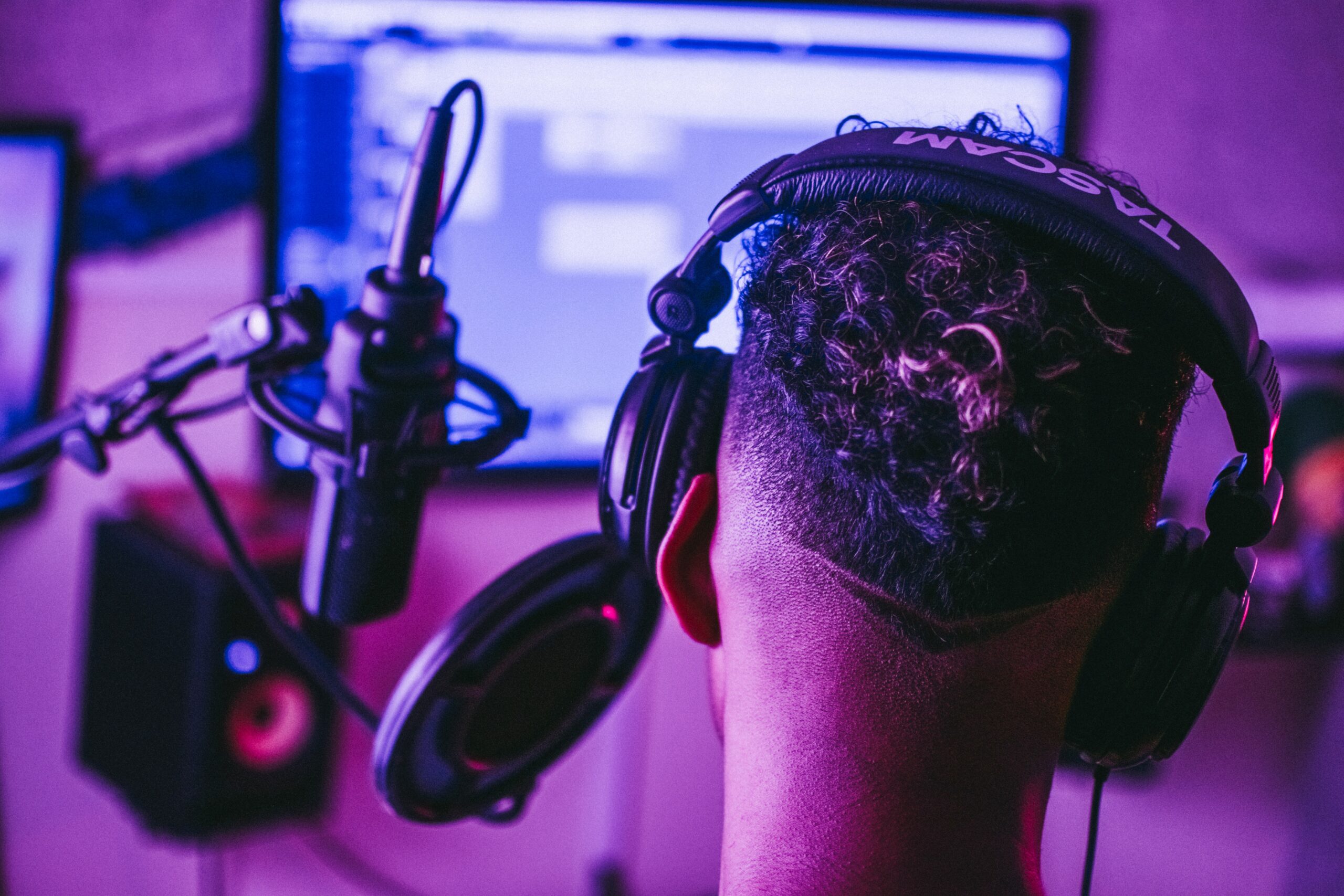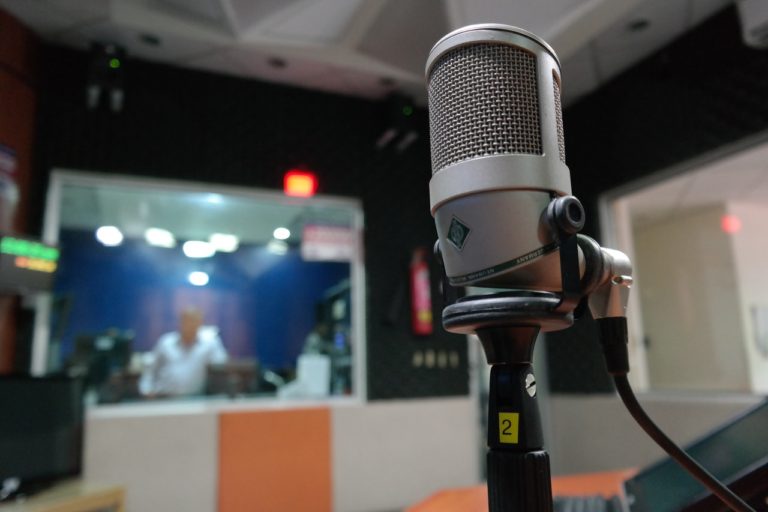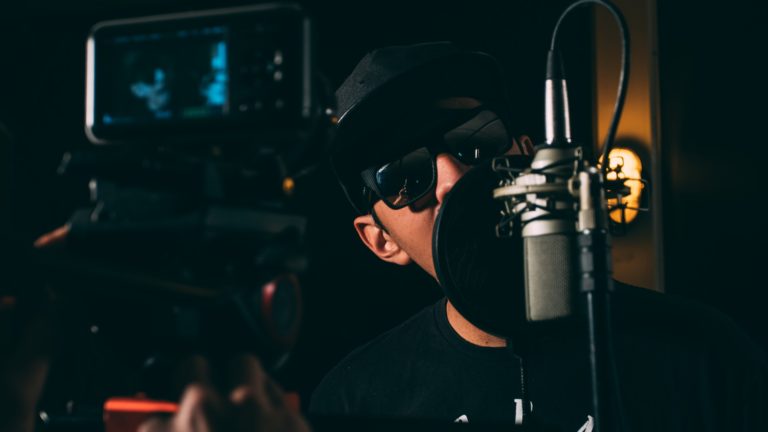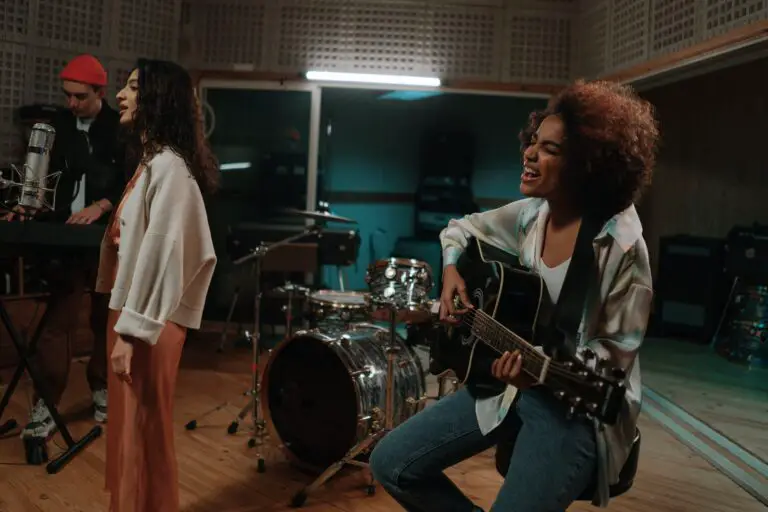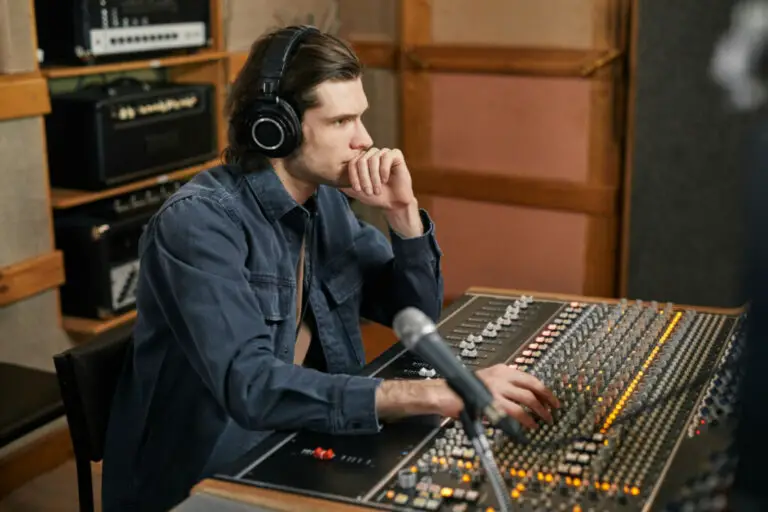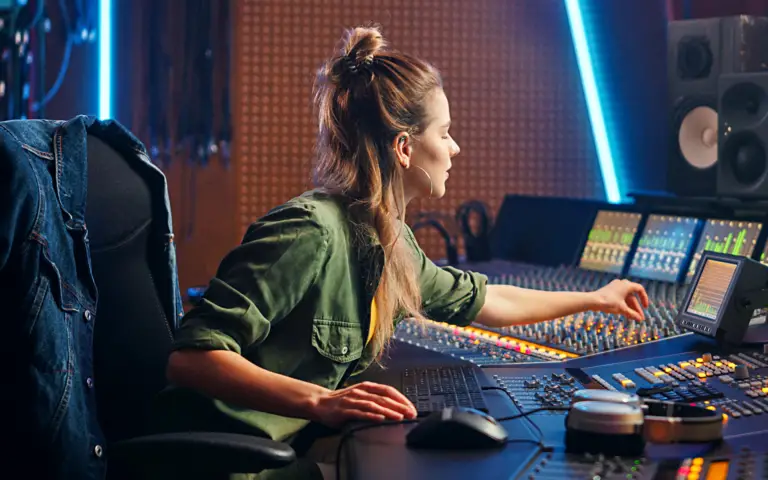How To Record A Demo On A Low Budget
From bedroom beats to dreams of topping the charts, aspiring musicians have a long way to go to take their music off the ground. But before you can establish yourself as a budding artist, the first thing you need to do is record a music demo to pave the way for more opportunities to come knocking on your door.
A music demo is a crucial tool for any aspiring musician. It allows you to showcase your talent and give potential music industry professionals a taste of your music. A well-crafted demo can help you score gigs, secure record deals, and land management deals. It can also be used to promote your music online and generate buzz among music fans.
If you’re serious about making it in the music industry, then you need to put together a professional and polished music demo.
But how much does it cost to record a demo at home? Fortunately, you don’t need expensive equipment to get started; there are ways to record a music demo even with a tight budget. All you really need is a little creativity and some basic recording equipment. If you already have a decent laptop or smartphone, costs on the low end can range from free to just a couple hundred dollars. If you want to go with a low-budget recording studio, you’ll be looking to spend between $250 and upwards of $1,500 for a proper demo.
Keep reading below for the full details on how to record a music demo without breaking the bank.
How to Record a Music Demo Without Spending Too Much on the Equipment
Tip #1: Choose the Right Recording Venue For You
When it comes to recording your music demo, the most important thing is to choose the right recording venue for you. There are a lot of different studios out there, and each one has its own unique atmosphere and equipment. You’ll want to find a studio that has the right vibe for your music, and the right kind of equipment for the sound you’re going for.
If you plan on recording at home, that’s not a problem either! The key is to identify the acoustical quirks of your space so that you can adjust your recording setup accordingly. This way, you can get a great-sounding recording even if you’re not in a professional studio. For starters, you need to “deaden” the room by investing in some acoustic panels to reduce the noise, reverberation, and echo in your area.
Tip #2: Prepare Your Set Up: Are You Recording Live, or Mixing a Multi-Track?
In music recording, there are two main ways to go about it – recording live or mixing a multi-track. Each has its own set of benefits and drawbacks, so it’s important to choose the method that’s right for you and your project.
Recording live is great for capturing the energy and spontaneity of a performance, and it can be done relatively cheaply and easily. However, it can be difficult to get a good balance of all the instruments and voices, and you may not be able to get the sound you’re looking for. This can be fixed with a good producer or mixing engineer, but these options will certainly drive up costs.
Mixing a multi-track gives you more control over the sound of your recording, but it can be more expensive and time-consuming. You’ll need to record each instrument and voice separately, and then mix them all together later. This can be a complex process, but it’s often worth it for the high quality of the final recording.
For more information, check out this helpful video guide on recording multi-track at home by Michaela Cundari
Tip #3: Mix Your Recording
One of the most important things to do when recording a demo is to get a good mix. This means making sure all of the instruments and vocals are balanced and can be heard clearly. If one instrument is too loud or one voice is inaudible, it can make the whole recording sound bad.
There are a few ways to get a good mix. One is to use a mixing board. This will allow you to adjust the levels of each instrument and voice individually. Another way to get a good mix is to use a digital audio workstation (DAW), which is a software program that allows you to mix and edit your recordings. If you’re mixing on your own, you’ll probably want to invest in some solid studio monitors as well.
Finally, once you have recorded your demo, you need to listen to it and make sure it sounds good. If it doesn’t, don’t be afraid to go back and make some changes. With a little effort, you can make a head-bopping demo without spending a lot of money on equipment.
Best Programs for Recording A Demo At Home
- Audacity
- Pro Tools
- Garage Band
- Logic Pro X
- FL Studio
Final Thoughts
Recording a demo doesn’t have to be complicated or expensive. In fact, with a little know-how, you can record a demo that showcases your musical prowess on a tight budget. With today’s technology, it’s easier than ever to record high-quality music at home, so don’t be afraid to experiment and find what works best for you and your music.
Who knows? You may be well on your way to building your creative pursuits and career.
Are You Looking to Get Some Traction for Your Music Demo?
By The Barricade is always looking to feature up-and-coming artists from all genres! If you think you have what it takes to be featured on our site, please submit your music for consideration. We love discovering new talent, and we want to help you get your music out there!

